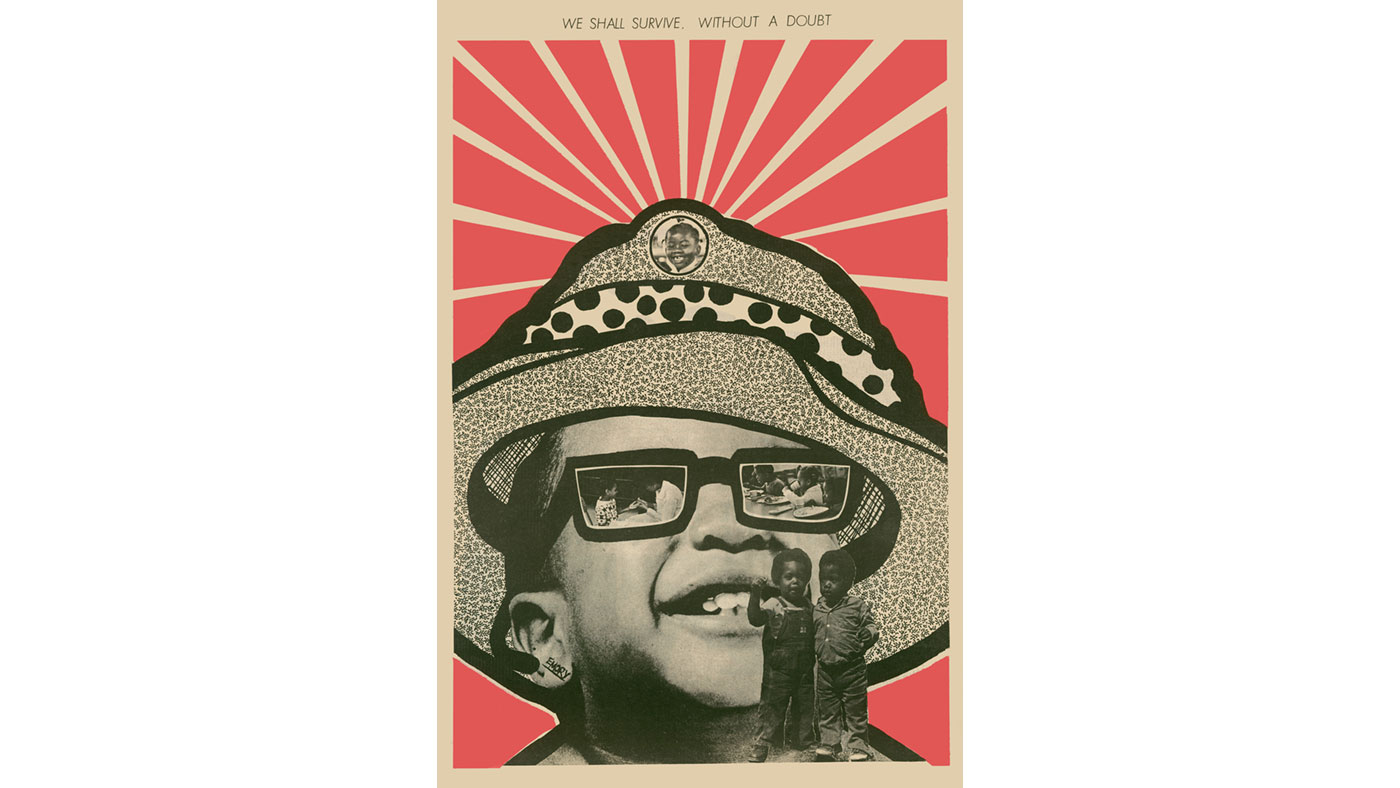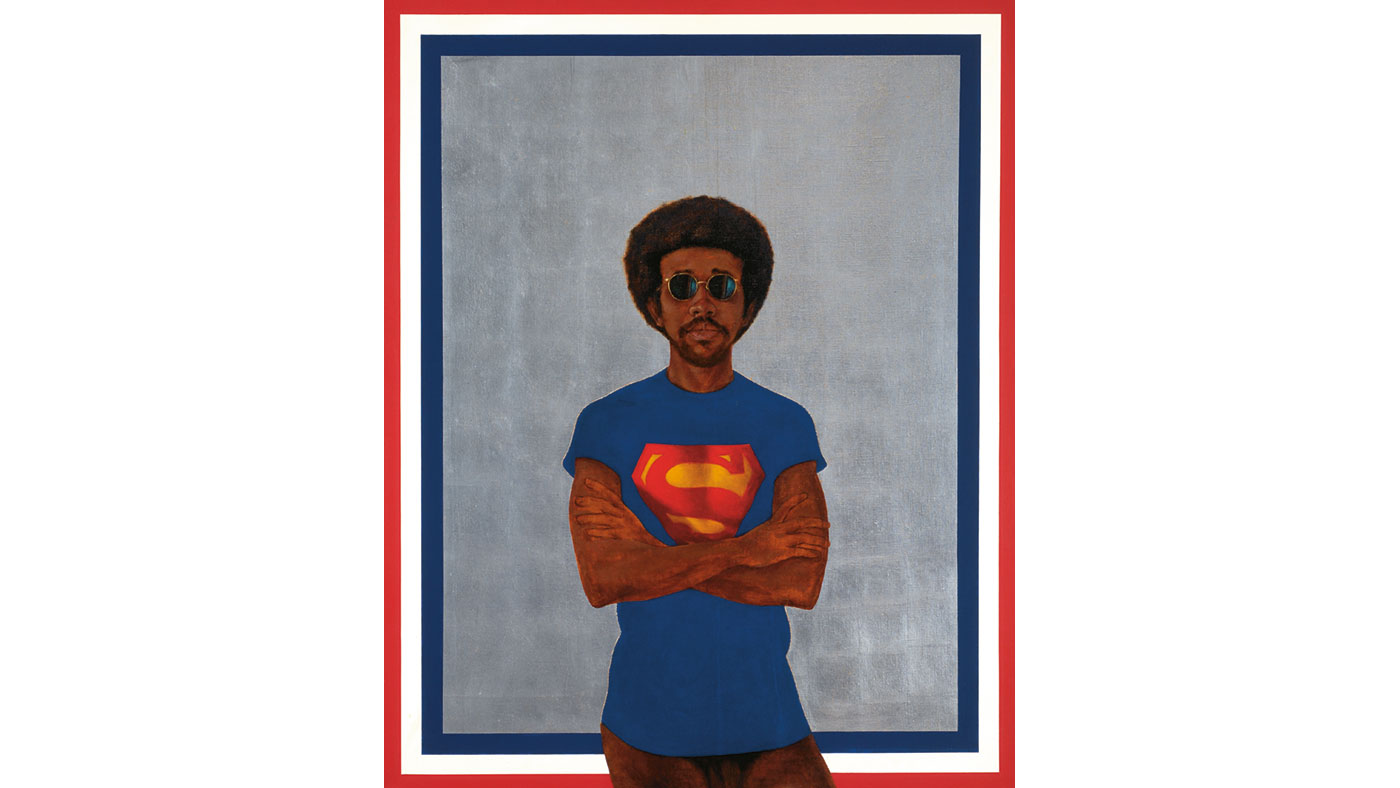Soul of a Nation at Tate Modern
Show curator Mark Godfrey on the gallery’s new exhibition exploring African-American artists from 1963-1983




As we have been developing the collection of post-war American art at Tate, we were thinking about the really important artists of the 1970s, 80s and 90s who had not yet been brought into the collection. It was Tate's major acquisitions of work by African-American artists such as Barkley Hendricks, Romare Bearden and Lorraine O'Grady that got us thinking about a show looking at different artists' groups throughout America.
It quickly became clear that there was a very interesting set of questions as to what it meant to be a Black artist in the USA during the civil rights movement and the birth of Black Power. Whether to make abstract work or figurative political work? Whether to show your work in galleries or to show your art on the street, and address specifically black audiences?
The timeline of the show is dictated by art events; it starts in 1963 with the formation of the Spiral Group in New York and ends in 1983 with a performance by Lorraine O'Grady. The Spiral Group was the first collective to come together during the civil rights period and ask, 'What is the position of the Negro artist?' Meanwhile O'Grady used the Harlem African American Day Parade as the location for a large-scale performance work, wherein crowd members were photographed inside a large gold picture frame, making each person a work of art.
The Week
Escape your echo chamber. Get the facts behind the news, plus analysis from multiple perspectives.

Sign up for The Week's Free Newsletters
From our morning news briefing to a weekly Good News Newsletter, get the best of The Week delivered directly to your inbox.
From our morning news briefing to a weekly Good News Newsletter, get the best of The Week delivered directly to your inbox.

Like many exhibitions, Soul of a Nation has a background of political and social history. This political backdrop influences the art works in so many different ways. Freedom Now is a 1963 painting by Reginald Gammon that shows a group of black protesters marching for freedom in Washington DC. Emory Douglas' work for The Black Panther newspaper is on display. The incredible AfriCOBRA (the African Commune of Bad Relevant Artists), formed in Chicago in the late 1960s, made portraits of Malcolm X, which incorporate text from his speeches.
Then there is the politics of David Hammons' art; he made work using brown paper bags stained with the fat from take-outs. He also used Black hair and materials of the body and of everyday culture to make abstract work. Meanwhile, Frank Bowling, who was based in New York, wrote a series of texts in the early 70s called 'What is Black Art?' In those texts he defended abstract artists – he thinks abstract art is true Black art – and took a position against figurative artists like Benny Andrews and Dana C Chandler, who are also featured in the exhibition.
We had always planned to include a small number of works by non-Black artists: Virginia Jaramillo, from a Mexican-American background and the white artist Alice Neel – who painted a portrait of Faith Ringgold and the Japanese photographer Ruiko Yoshida who lived for eight years in Harlem. We wanted to respect the dialogues between artists around the main questions our show poses, and the friendships between artists too: Virginia was married to the African-American sculptor Daniel LaRue Johnson.

One question our show tackles was how artists represented the Black Hero. This wasn’t just a question for Black artists. Andy Warhol painted Muhammad Ali – an ardent civil rights supporter. He made the painting in red, black and green. Ali was one of the few of Warhol’s subjects who was much more famous all over the world than Warhol himself.
A free daily email with the biggest news stories of the day – and the best features from TheWeek.com
We started planning Soul of a Nation under Obama, under different political circumstances to the ones that exist today. We are very aware that many Americans feel the recent killings of innocent people by American police remind them of the conditions the civil rights protesters marched against. The works of art included in the show speak in various ways to today's situation, providing a timely opportunity to see how American cultural identity was reshaped at a time of social unrest and political struggle.
MARK GODFREY is the senior curator of International Art (Europe and Americas) at Tate. Soul of a Nation: Art in the Age of Black Power is co-curated by Mark Godfrey and Zoe Whitley, with assistant curator Priyesh Mistry. The exhibition is at Tate Modern until 22 October 2017; tate.org.uk


